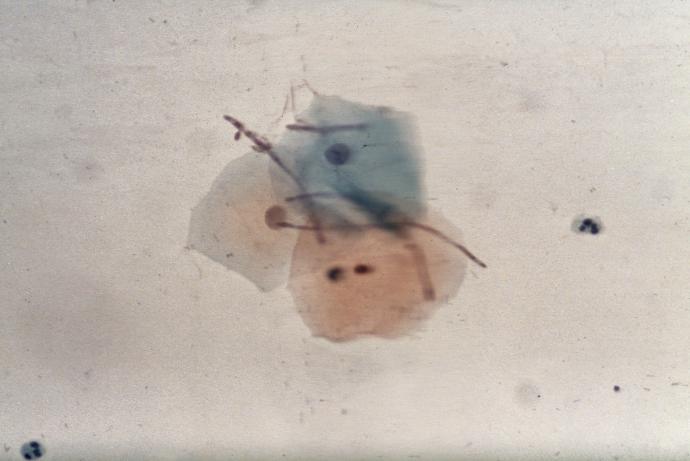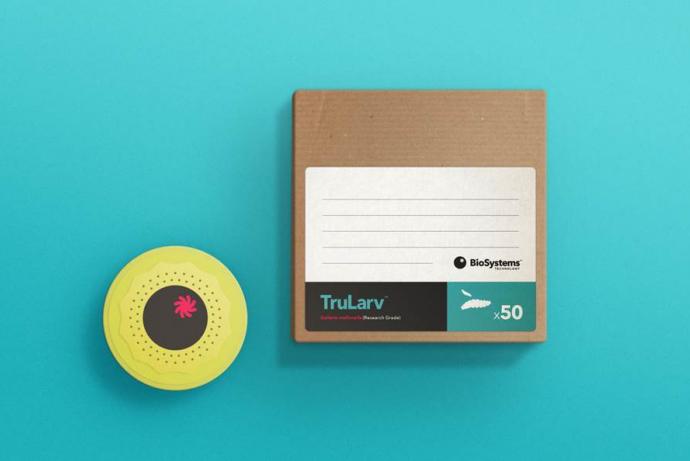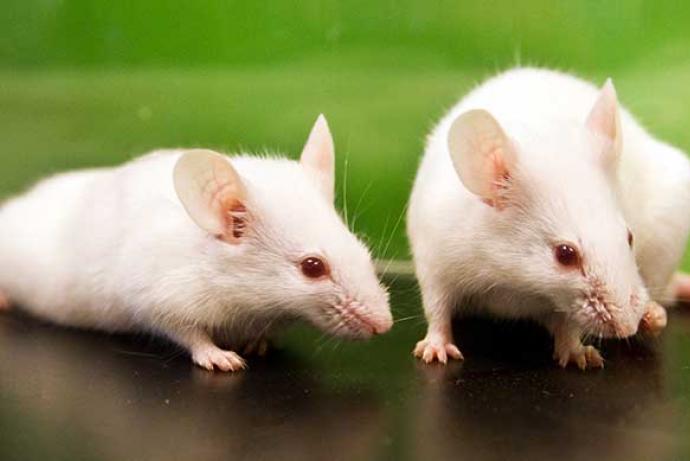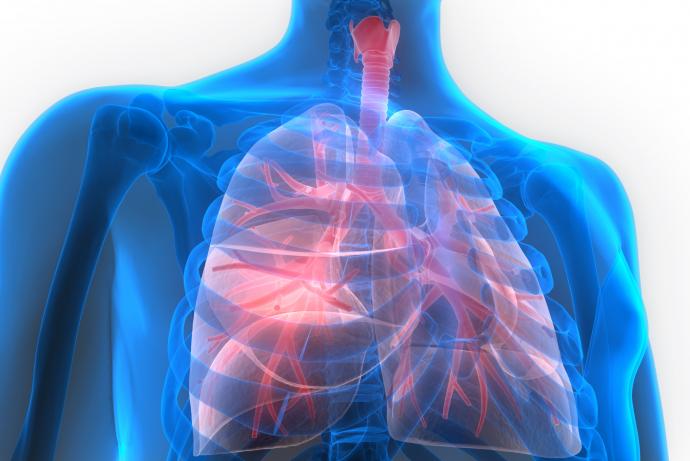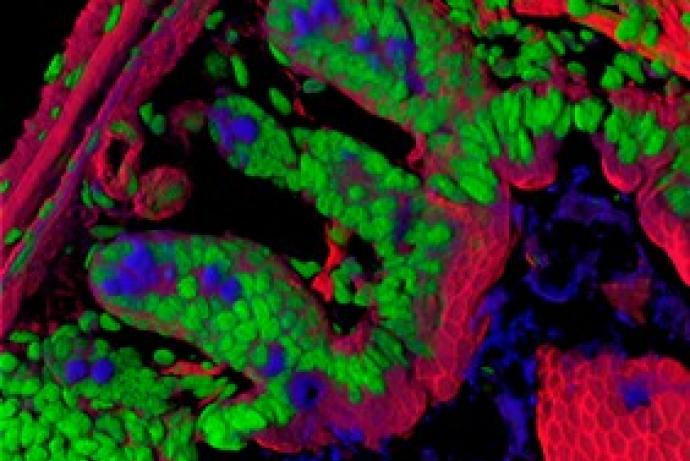VIDR
The aim of this Challenge was to develop a virtual platform that modeled infection and the host response to pathogen assault for basic research and would enhance new target development in infectious diseases.
To address this Challenge, the team at University of York, lead by Professor Paul Kaye, have developed an in silico platform to explore a computational model of hosts chronically infected with visceral leishmanisis. This platform uses in silico methods to model infection and the host response in an individual animal to i) reduce the use of animals, ii) model in vivo pathogenesis and protection, and iii) model the potential impact of drugs or vaccines to accelerate the development of treatments to infectious diseases.
This project and its impacts are featured as a case study in the 2019 CRACK IT Review.
Publication
Forrester S et al. (2022). Tissue Specific Dual RNA-Seq Defines Host–Parasite Interplay in Murine Visceral Leishmaniasis Caused by Leishmania donovani and Leishmania infantum. Microbiology Spectrum 10(2): e00679-22. doi: 10.1128/spectrum.00679-22
10 years of CRACK IT webinar: Virtual labs for non-animal disease research and toxicity testing
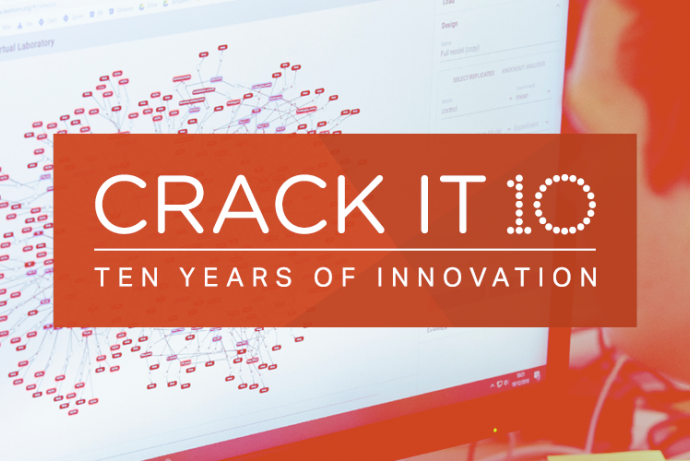
In April 2021 we held a webinar about the VIDR Challenge and the in silico platform developed to address the Challenge, as part of our 10 years of CRACK IT celebrations. It featured presentations by Professor Jon Timmis (Co-founder and CTO of Simomics) and Dr Stewart Owen (AstraZeneca). The recording of the webinar is now available online.
Publication
Ashwin H et al. (2019). Tissue and host species-specific transcriptional changes in models of experimental visceral leishmaniasis. Wellcome Open Research 3: 135. doi:10.12688/wellcomeopenres.14867.2
Presentation at the 2018 CRACK IT Challenges launch event

Professor Paul Kaye and Professor Jon Timmis presented the results of the VIDR Challenge at the 2018 CRACK IT Challenges launch event.
Challenge completed
An in silico platform to explore a computational model of hosts chronically infected with visceral leishmanisis. While complex mathematical models are being used to model spread of infection and immune response throughout human populations, it is less common for models to be used to study within host dynamics of infection and response. This platform uses in silico methods to model infection and the host response in an individual animal to i) reduce the use of animals, ii) model in vivo pathogenesis and protection, and iii) model the potential impact of drugs or vaccines to accelerate the development of treatments to infectious diseases.
Publication
Timmis J, Alden K, Andrews P, et al. (2017). Building confidence in quantitative systems pharmacology models: An engineer's guide to exploring the rationale in model design and development. CPT: pharmacometrics & systems pharmacology 6(3): 156-167. doi:10.1002/psp4.12157.
RCUK-CONFAP workshop award
Funding awarded to a run a UK-Brazil Workshop on immune modelling.
Phase 2 awarded
A team led by Professor Paul Kaye, University of York, has been awarded £996,464 to deliver the project: A multiscale model to minimise animal usage in Leishmaniasis drug development.
Phase 1 awarded
Two Phase 1 Awards were made to project teams led by:
- Professor Tom Freeman, University of Edinburgh, £84,561.
- Professor Paul Kaye, University of York, £100,000.
Challenge launched
Sponsored by the NC3Rs, the Virtual Infectious Disease Research (VIDR) Challenge aims to develop a virtual platform that models infection and the host response to pathogen assault for basic research and enhances new target development in infectious diseases.
Background
Control of infectious diseases remains a key priority in human and veterinary medicine. The World Health Organisation (WHO) estimates that respiratory and diarrhoeal infections, HIV, tuberculosis, malaria and measles are responsible for 90% of human deaths and a plethora of animal pathogens threaten food security at a time of fast accelerating demand.
Many different species, from non-vertebrates to rodents and non-human primates, are used to study infection, host response and efficacy of drugs and vaccines. Typically, animals are infected with an infectious agent to test therapeutic efficacy, resulting in symptoms of differing severity. A reliable in silico model of infection and the host response would result in the reduced use of animals. Ideally such a model would provide the foundation for future models which would help predict the efficacy of drugs, vaccines and other treatments.
There is a focus across the biosciences on using the availability of large datasets to exploit computational tools to generate results that are not obvious from single experiments. ‘Virtual’ data for infectious diseases includes diverse information relating to the:
- Repertoire, sequence, transcription, translation, regulation and function of pathogen and host genes.
- Host immune response.
- Impact of modulation of pathogen and host functions by genetic modification, drugs or vaccines on the outcome of infection.
- Temporal and spatial migration, interactions and activities of pathogen and host cells or their products.
The challenge is how to use this data to develop testable predictions, particularly when such data often reflect an average within a tissue at a specific time interval and may therefore not fully reflect events at a finer spatial and temporal level.
While complex mathematical models are being used to model spread of infection and immune response throughout human populations, it is less common for models to be used to study within-host dynamics of infection and response. The focus of this Challenge is on using in silico methods to model infection and the host response in an individual animal. The aims are to employ in silico methods to:
- Reduce the use of animals.
- Model in vivo pathogenesis and protection.
- Model the potential impact of drugs or vaccines to accelerate the development of treatments to infectious diseases.
3Rs benefits
Animal use in a typical rodent efficacy study for new antibiotics or vaccines can involve approximately 100 animals per candidate. The animals are infected with the pathogen after vaccination or treated with the drug of interest. Untreated controls are always used. The resulting disease in control animals and those in whom the vaccine or drug are ineffective can cause severe suffering. The use of in silico approaches to study disease biology and predict efficacy would reduce the number of animals used.
Phase 1 winners
Project teams led by:
- Professor Tom Freeman,University of Edinburgh, £84,561.
- Professor Paul Kaye, University of York, £100,000.
Phase 2 winner
Project team led by:
- Professor Paul Kaye, University of York, £996,464.
Full Challenge information
Leishmaniasis is a disease caused by the protozoan parasites Leishmania which is spread by sand flies throughout tropical and subtropical countries. There are approximately 12 million chronic cases worldwide with roughly 2 million new clinical cases each year. Around 40,000 people die each year from the most severe form, visceral leishmaniasis. Only a handful of drugs exist to treat leishmaniasis, most cause serious side effects and drug resistance is a growing problem. No vaccines are yet available for use in humans.
To address the VIDR Challenge and as part of a global effort to improve the treatment for patients with leishmaniasis, the team have developed a virtual laboratory that contains computational models, alongside experimental data, to discover how existing drugs may be used more effectively, to identify new drug targets and to develop or repurpose biological therapies.
The LeishSim Virtual Laboratory is an in silico platform to explore a computational model of hosts chronically infected with visceral leishmanisis. While complex mathematical models are being used to model spread of infection and immune response throughout human populations, it is less common for models to be used to study within host dynamics of infection and response.
This platform models infection and the host response in an individual animal to:
- Reduce the number of animals used in the development of treatments.
- Model in vivo pathogenesis and protection.
- Model the potential impact of drugs or vaccines to accelerate the development of treatments to infectious diseases.
The LeishSim Virtual Laboratory provides a framework for this approach to be used for other diseases and the team are currently developing its application for use with drug development for sarcoidosis.
